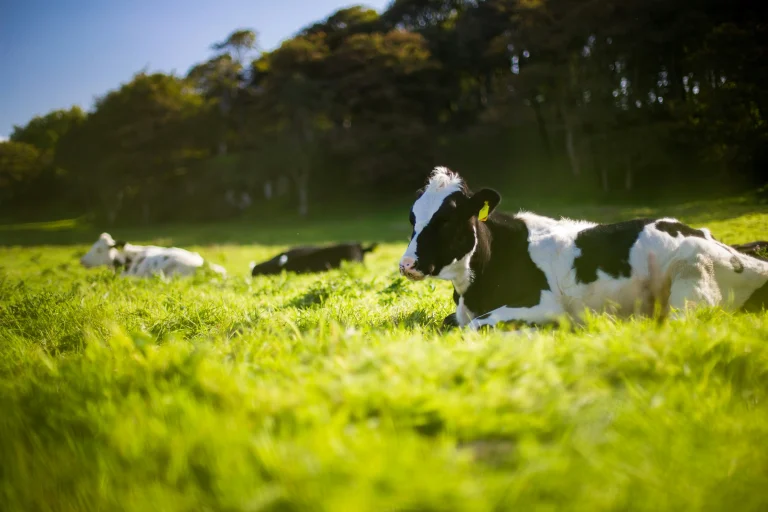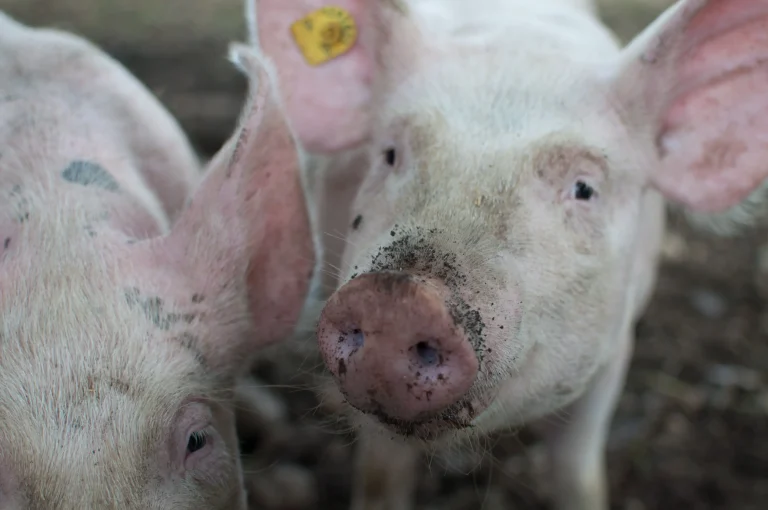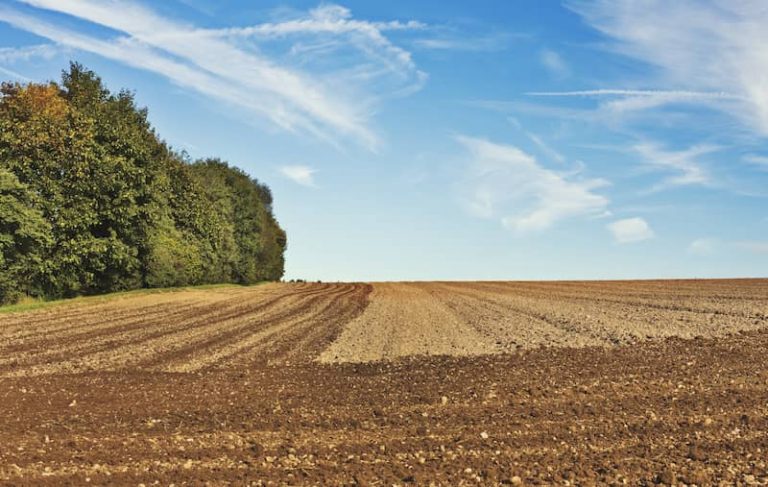Leaving soil undisturbed and crop residues on the surface boosts soil carbon and microbial activity, but it may also reduce wheat yields and grain quality, according to a study spanning almost three decades.
In a 29-year field experience comparing conventional ploughing, reduced tillage and no-till systems in winter wheat rotations, researchers in the Czech Republic found that while conservation tillage methods help lock carbon into the soil, they can compromise yields.
The experiment, established in 1995 on the outskirts of Prague, tested how different tillage systems affected soil carbon levels, microbial health, and wheat productivity in the face of a changing climate.
Across the trial, the same crop rotation was followed (oilseed rape, wheat, peas, and wheat again), with fertiliser and plant protection inputs kept consistent.
Boosted soil carbon and microbial activity
Soil organic carbon (SOC), a key marker of soil health and fertility, increased under all systems, but particularly under reduced and no-till methods. These systems, which disturb the soil less and leave more residues on the surface, helped soils store more carbon over time, especially in the upper 10cm of the soil.
No-till gave the highest rates of carbon build-up, especially early in the study, lead researcher Gabriela Mühlbachová, from the Czech Agrifood Research Centre, wrote in a study published in Agronomy. However, in the last few years, that increase levelled off — likely due to lower straw and root returns from crops like oilseed rape during drought years.
Over the course of the experiment, the total increase in stored soil carbon was around 5 tonnes/ha under conventional ploughing, 6t under reduced tillage, and nearly 7t under no-till. However, in the final 4-year period (2021–2024), carbon levels stagnated in the reduced and no-till plots, possibly due to poor crop growth linked to dry conditions.
Soil microbes also responded to tillage practices. Under both reduced and no-till systems, microbial biomass and enzyme activity were concentrated in the surface layer, where crop residues accumulated. In ploughed soils, biological activity was more evenly spread through the top 30cm.
The researchers found that microbial and enzyme activity generally mirrored changes in soil carbon, with more carbon meaning more microbes and more activity, but this too showed signs of slowing in the final years.
While the conservation systems improved soil biology, they didn’t always boost productivity. On average, wheat yields under reduced tillage were slightly higher than under ploughing. But under no-till, yields were consistently lower — by around 5% over the full study period. Grain nitrogen content, a proxy for protein, also dropped under no-till.
The topsoil in no-till systems held more carbon, but that may have led to microbes tying up nitrogen, leaving less available for the crop, the researchers explained. This nutrient lock-up could explain the lower yields and lower grain quality.
Weather more influential than tillage for yield
Interestingly, year-to-year yield differences were more strongly linked to weather than tillage method. Drought years, including 2018, 2022 and 2024, saw across-the-board drops in yield, regardless of soil treatment.
This suggests that while tillage practices can improve soil structure and carbon levels, they can’t fully buffer crops from extreme weather. However, reduced tillage in particular showed promise in retaining soil moisture during dry springs, possibly helping to stabilise yields.
The researchers argue that reduced tillage strikes a balance: it builds soil carbon, supports soil biology, and maintains strong yields. No-till, by contrast, may require adjustments to nutrient management to overcome the downside of nitrogen immobilisation.
For farmers seeking to cut emissions or meet carbon targets, the study highlights the long-term gains of conservation tillage. But it also underlines that ‘carbon-friendly’ doesn’t always mean ‘yield-friendly’, and that local climate and crop choices still matter.
– Read the full study in Agronomy
Key takeaways
- Soil carbon increased under all systems, with no-till showing the highest gains — though this effect plateaued after 25 years.
- Reduced and no-till systems concentrated microbial activity in the topsoil, enhancing biological health.
- No-till wheat yields were around 5% lower than conventional ploughing, with reduced grain nitrogen levels.
- Nitrogen immobilisation by soil microbes in high-carbon topsoil may contribute to lower yields under no-till.
- Year-to-year yield changes were more affected by rainfall than tillage method, especially in drought years like 2018 and 2024.
- Reduced tillage offers a strong compromise—building soil carbon while preserving yield potential under variable conditions.
Want to read more stories like this? Sign up to our newsletter for bi-weekly updates on sustainable farming and agtech innovation.










